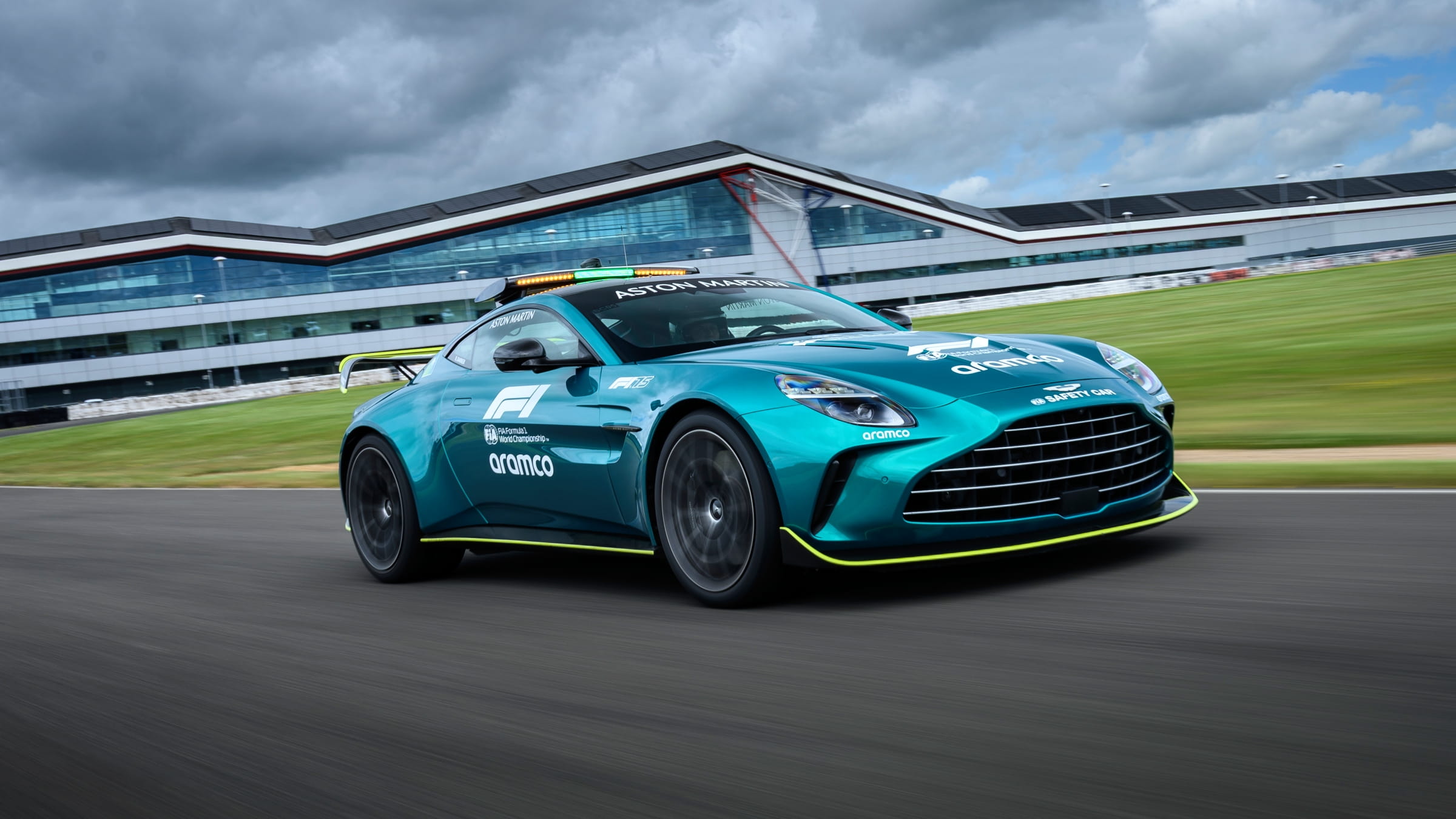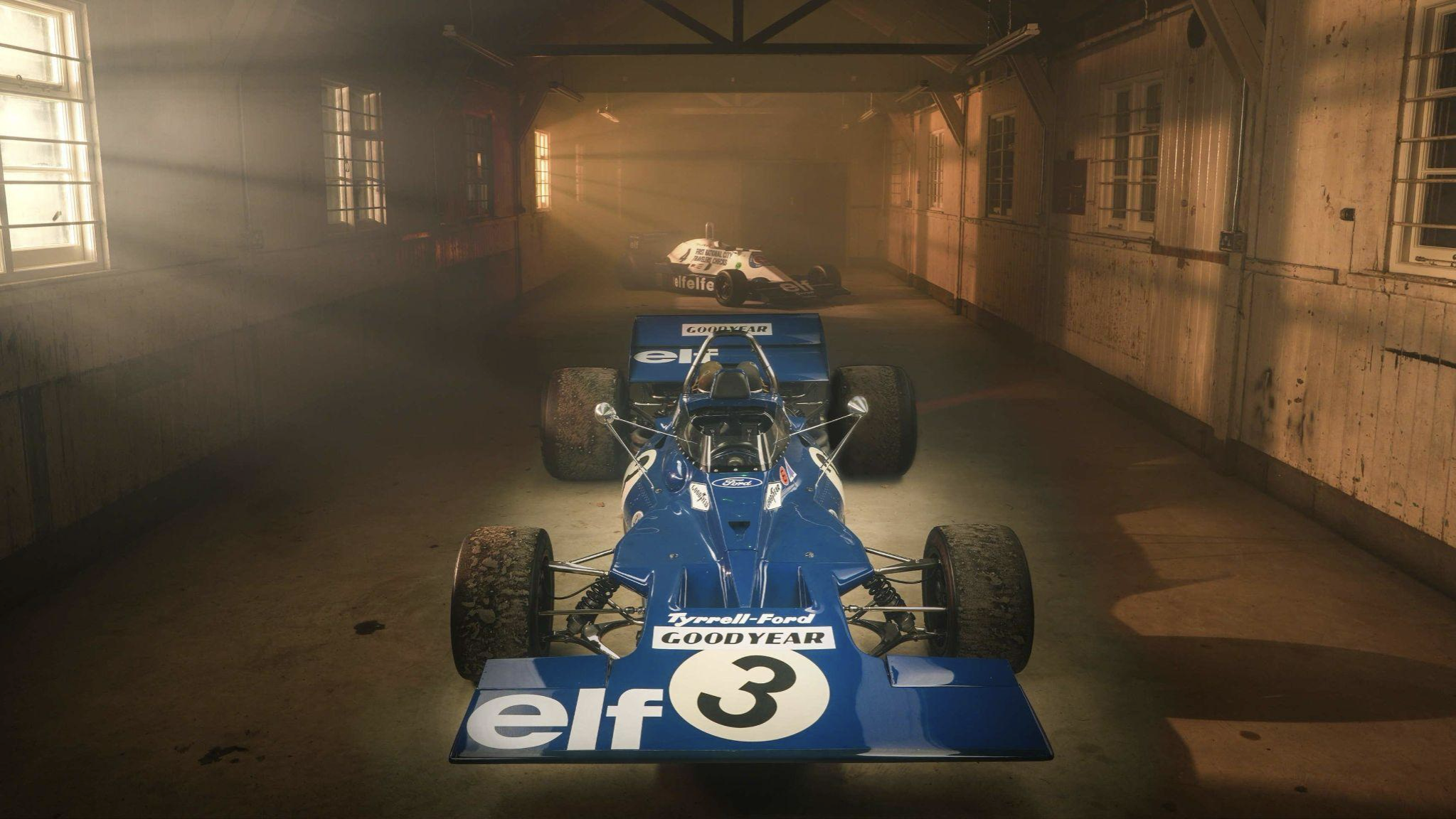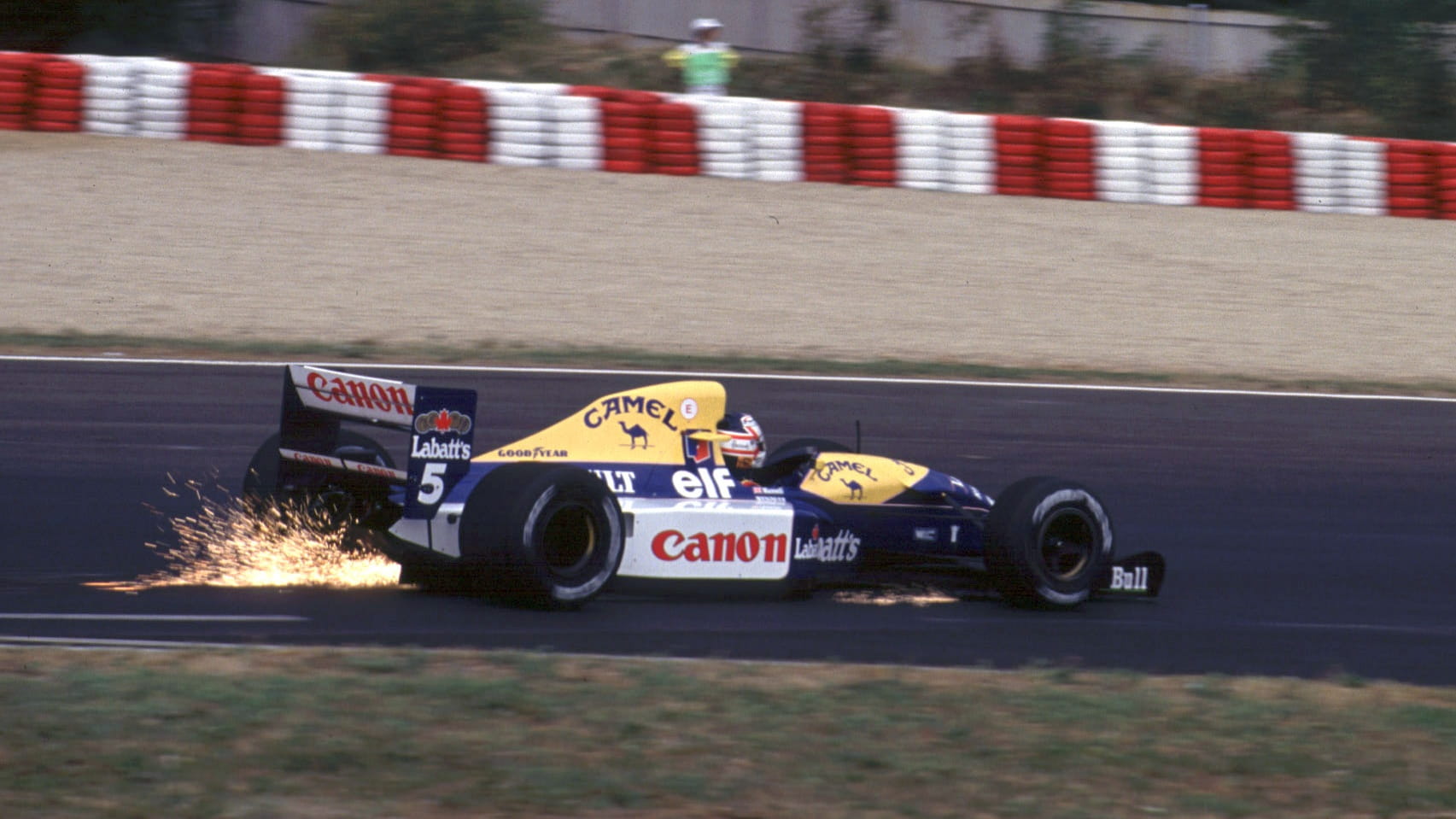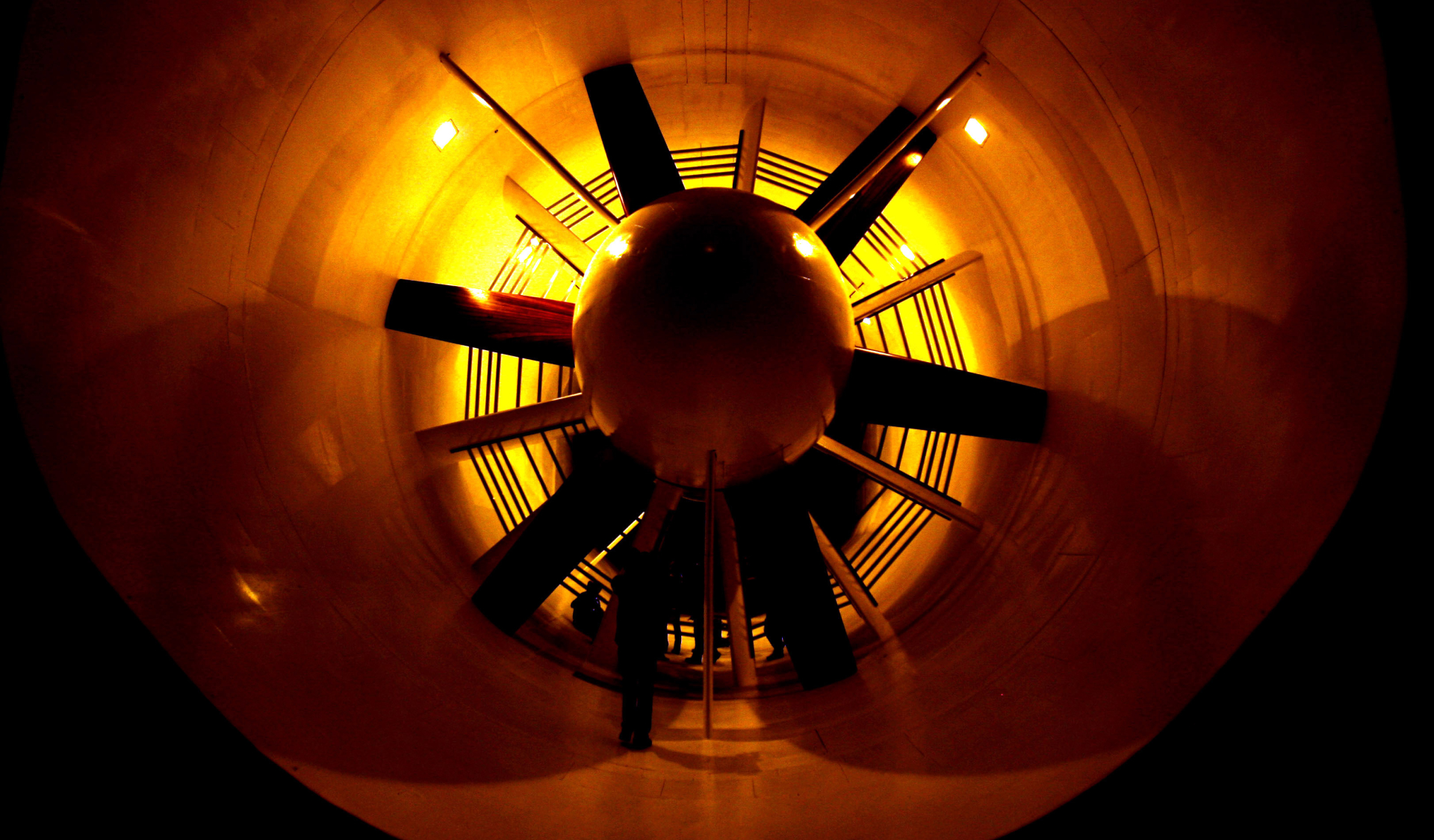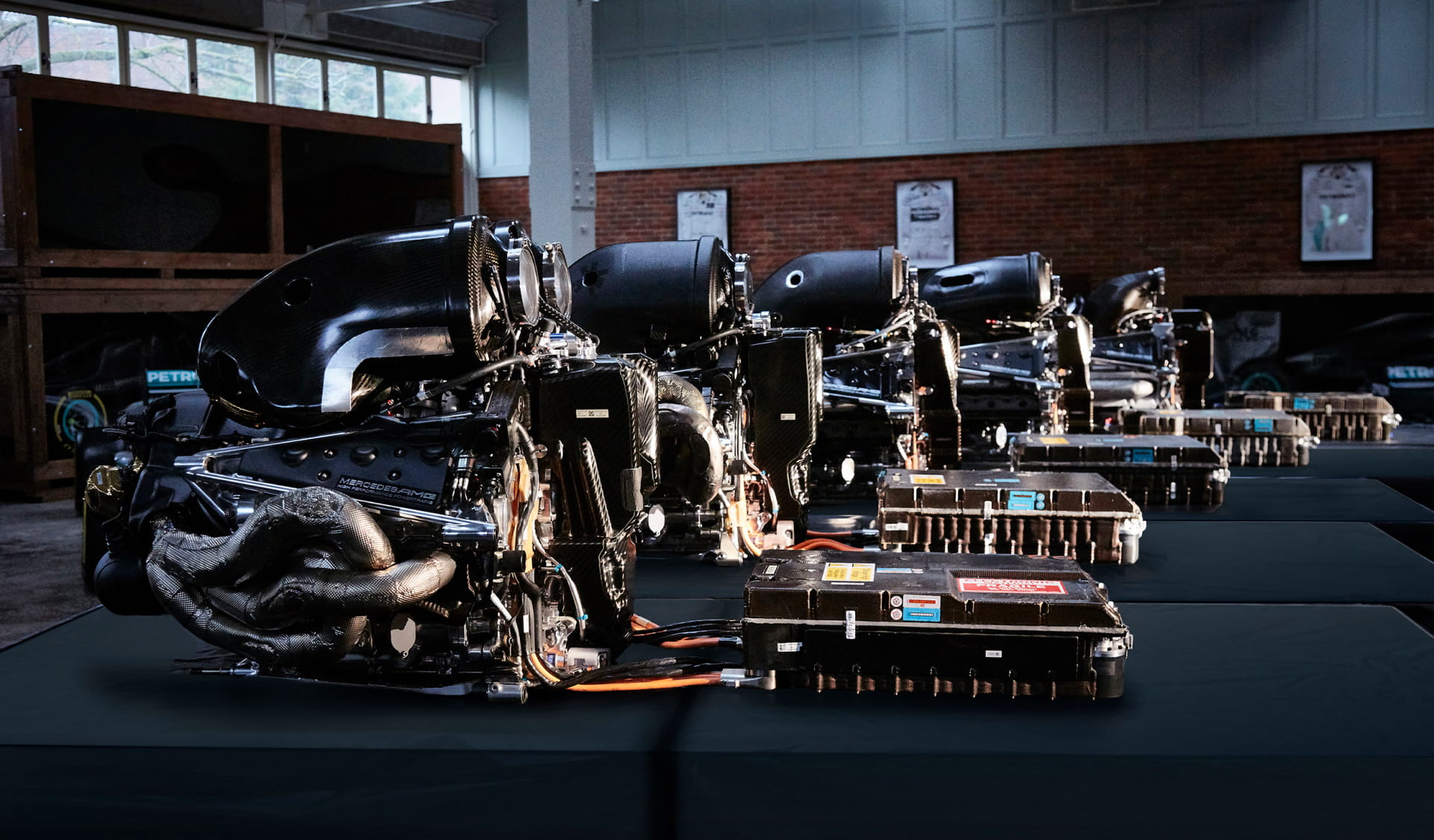Car
X-rays, memory cards, and 5G cloud-based telemetry - preserving and evolving the 1992 Williams FW14B F1 car
by Samarth Kanal
10min read
/fw14b-track-logo2.jpg?cx=0.5&cy=0.5)
The Williams FW14B was the most technologically advanced car of its time, delivering Nigel Mansell his first and only drivers’ championship in 1992 and securing Williams its fifth constructors’ championship.
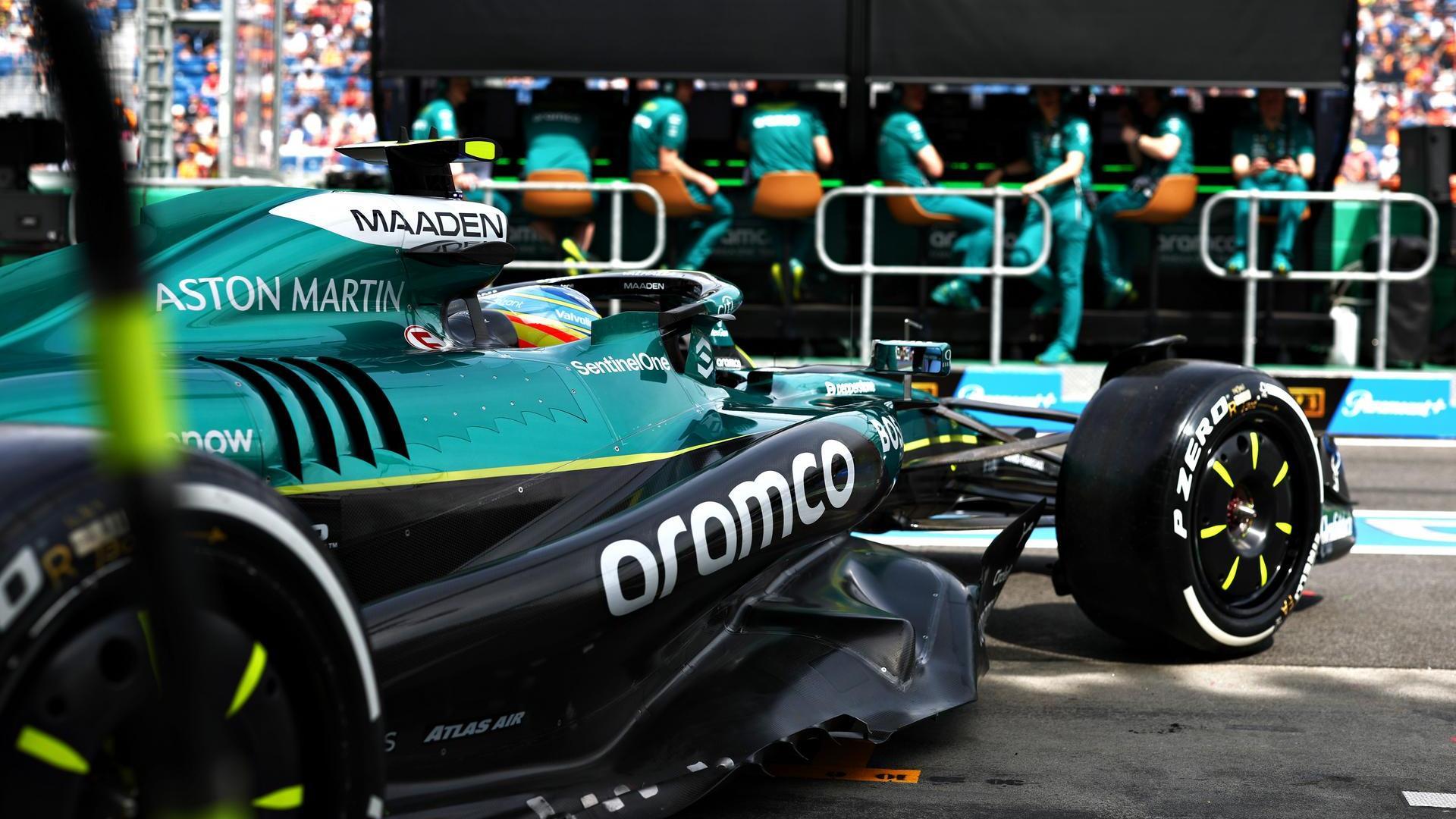
Sign up for a newsletter and we'll make sure you're fully up-to-date in the world of race technology
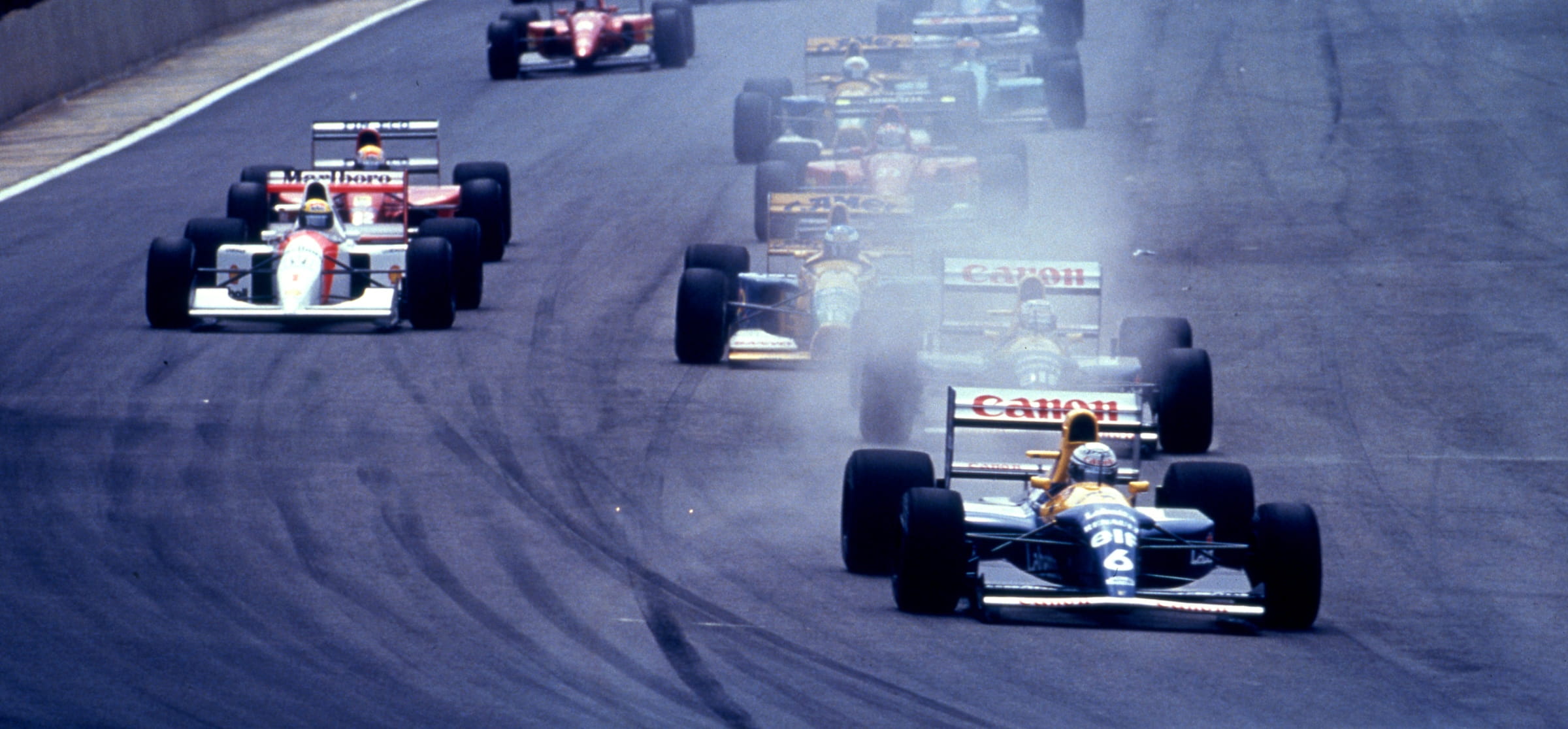
The FW14B was the class of its field in 1992, and Williams went on to win four more constructors’ titles in the 1990s
Booting up the software
The Heritage team is accustomed to maintaining internal combustion engines and hydraulic systems, but software is another consideration altogether.
“One of the real challenges with this car is trying to support electronics that are some 33 years old, and that's the bit where it really gets quite exciting and quite challenging,” says Jim Barker, Heritage car build manager.
The FW14B was revolutionary in its use of software, deploying the VCM - Vehicle Control Monitor - to control the hydraulic system, traction control, and also log data.
This technology, which was first implemented by Williams in 1989, was significant back in 1992. The VCM’s use of a 256-kilobyte storage card was one of the first uses of a removable memory card, which needed a custom card reader on the related Windows 3.0 laptop. The card only allowed for 30 seconds of data logging.
“When we took the car to Goodwood Festival of Speed in 2022, we had a misfire with the car, and it was very, very difficult to diagnose that misfire because we could never get the data capture of when the misfire was happening,” explains Barker.
/internals-fw14b-raceteq/internals-fw14b-logo2-(1).png?cx=0.5&cy=0.5)
A 3D render of the active suspension on the front of the Williams FW14B. All 3D renders including main image courtesy of Just FormulaCar
The VCM was also used to pre-programme the traction control, gearshift behaviour, and active suspension, depending on the track, using code developed in-house.
“One of our biggest challenges is understanding that code,” says Barker.
“What we've actually been able to do in recent years is, instead of relying on period correct hardware to read that [storage] card, we've managed to convert that code and we can now download it and view it on modern laptops using modern visualisation tools, which is really quite incredible.
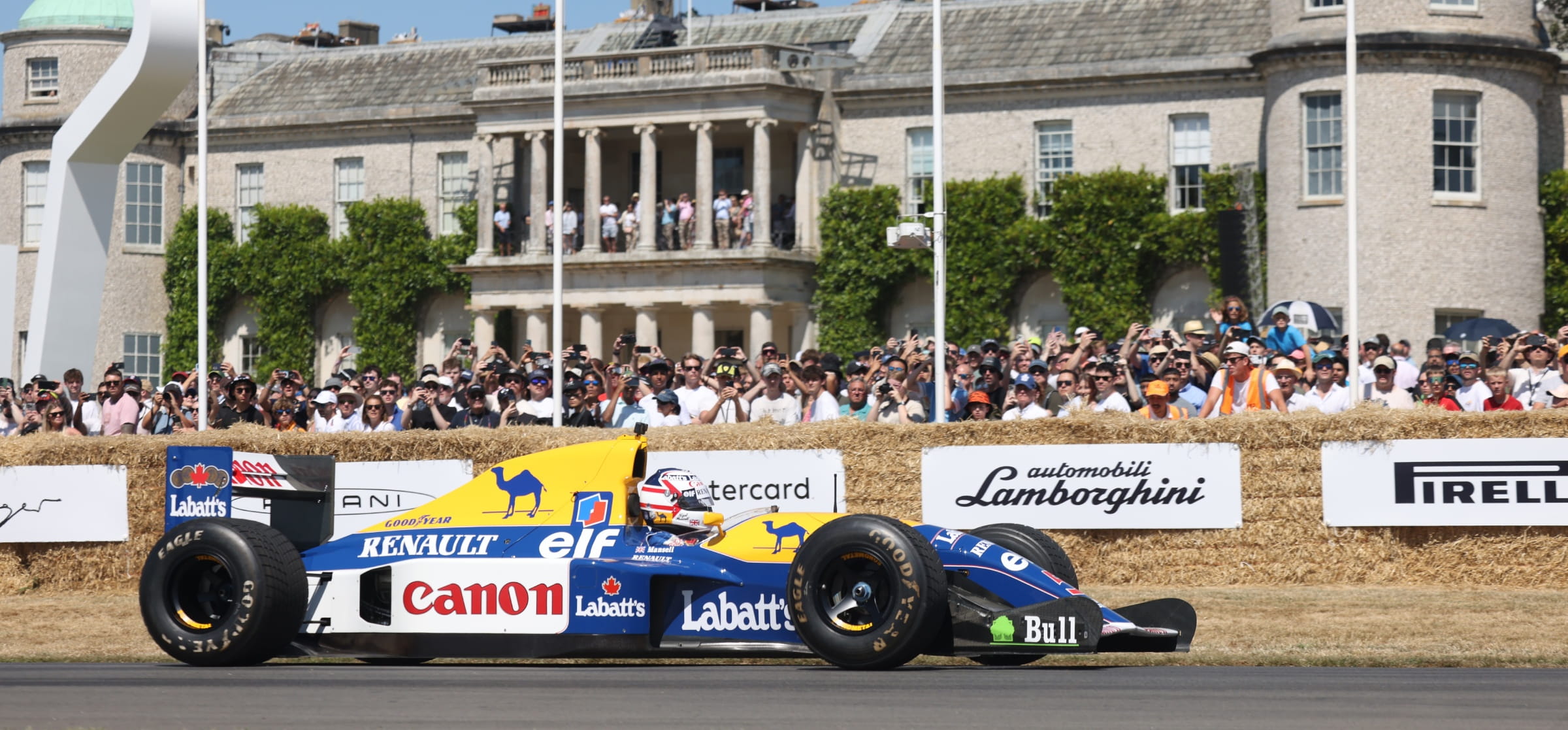
Updated software means Williams can finally get live telemetry from the FW14B
“What that has culminated in is that at the [2025] Goodwood Festival of Speed, we actually had live telemetry data coming back from the car, which is something we never had in period.”
The Heritage team is even exploring 5G cloud-based telemetry, going well beyond the confines of the original hardware and software on the FW14B.
“We rely on incredibly bright and dedicated individuals to run these cars - it's fantastic,” says Barker.
“And we saw at Goodwood, when we do run a car like this in front of our fans, the impact it has: it’s absolutely breathtaking.”
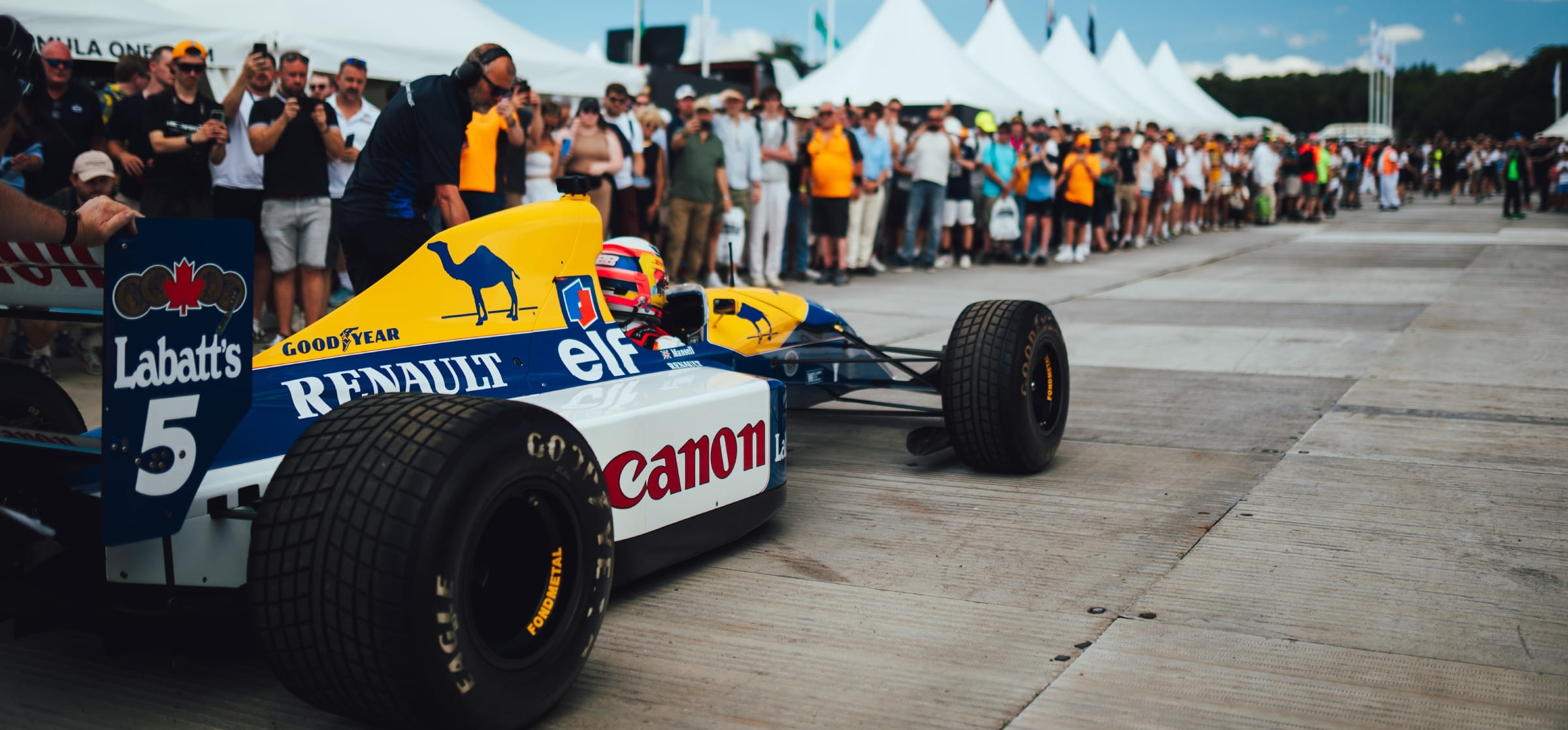
Fans watching on as the FW14B makes its way to the Goodwood Festival of Speed hillclimb
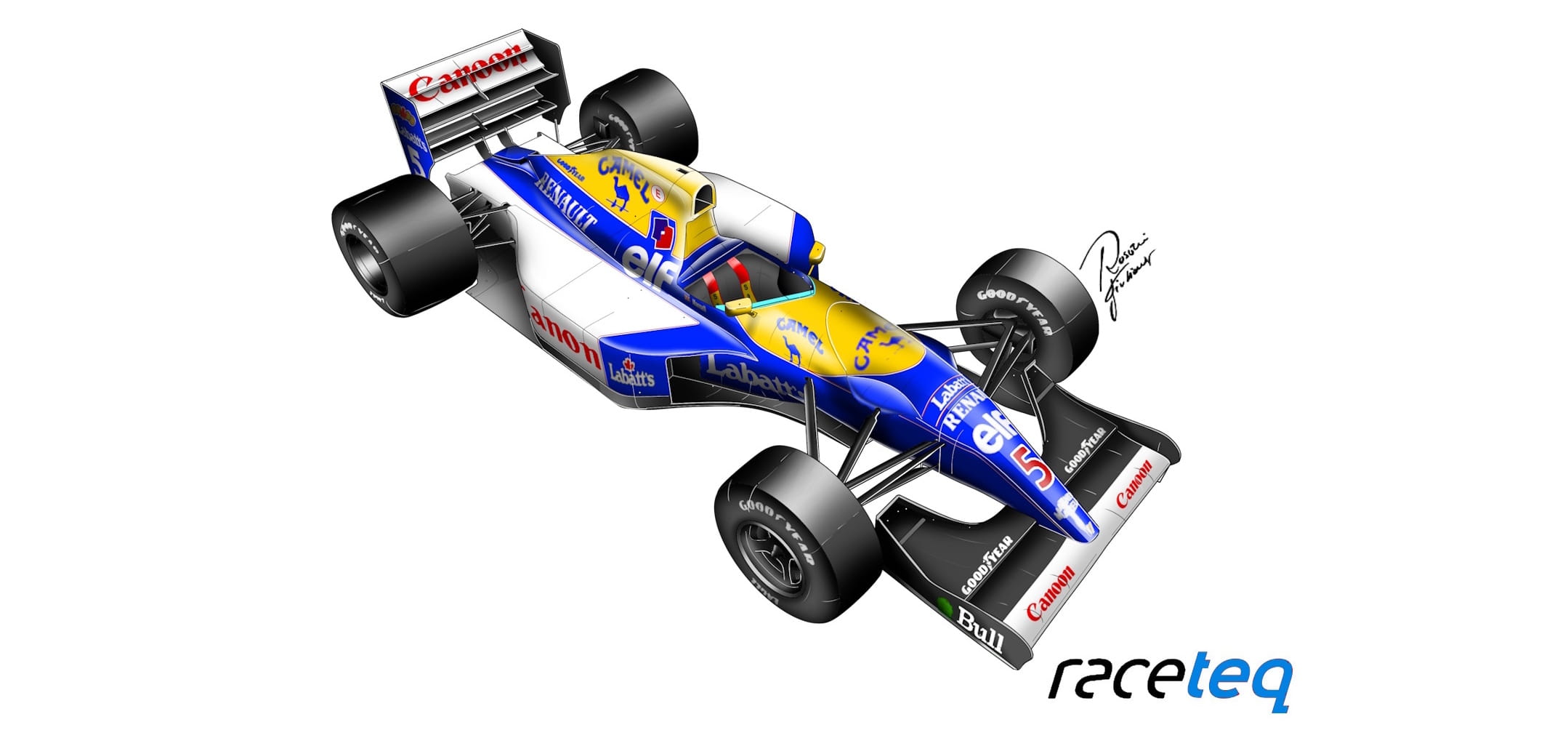
An illustration of the Williams FW14B, courtesy of Rosario Giuliana
Servicing the FW14B
Williams F1 Team houses many of its classic F1 cars at its headquarters at Grove, UK, but it’s the job of Williams Heritage to restore and maintain those machines.
The cars undergo periodic two-year services in which the structure of the car is examined using techniques such as X-rays to find potential corrosion in the steel suspension wishbones.
Every four to five years, the car undergoes a major service. The gearbox is stripped, the hydraulic seals in the active suspension and gearbox are changed, and the fuel tank is replaced.
The seals and hoses of the car do leak some fluid as they were designed to be light, with minimal friction, and work at high operating temperatures. The team just has to ensure those leaks are within acceptable limits.
The cars are never stored with fuel in them, so the team also examines the structural integrity of the fuel system before any fluids are put in.
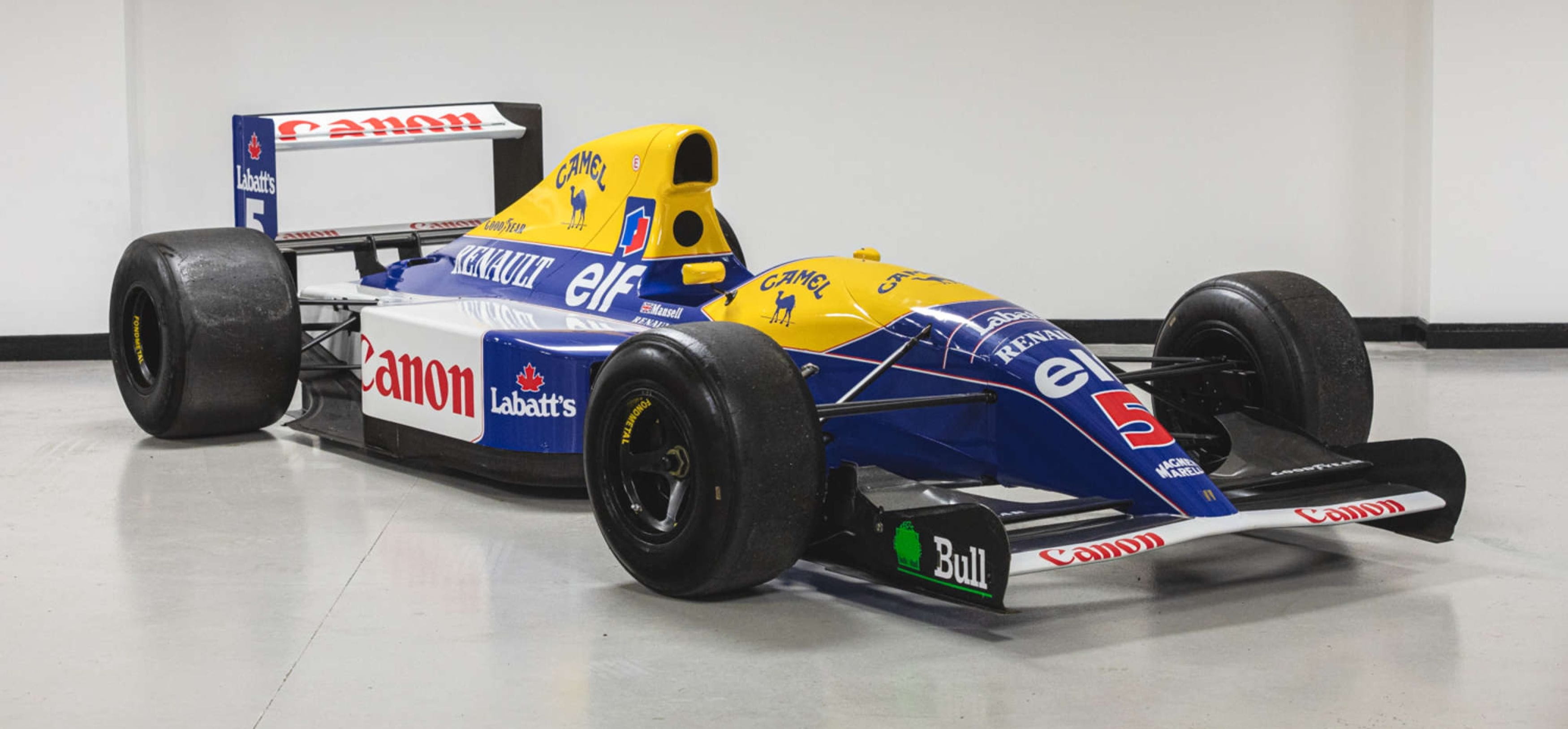
The Heritage team examines the structural integrity of the steel suspension wishbones using X-rays
Firing up the FW14B's Renault V10 engine
After each service, the car is brought up to temperature. Starting and revving the engine immediately could cause materials such as steel and aluminium to expand, and lead to considerable engine and gearbox damage.
To warm the car up therefore, the Heritage team pumps warm oil through the engine and gearbox, hot water through the radiator, and warms the internal parts up with electric heaters.
The water system, which cools the engine, is pressurised to ensure there are no major leaks in the system. The same goes for oil inside the hydraulics and gearbox, and the fuel system.
The engine is next warmed up using an external starter motor while the water pump, oil pumps and hydraulic pumps are all examined using metrics such as water pressure, oil levels, and hydraulic levels and pressure.
The Renault V10 engine is finally ready to return to life.
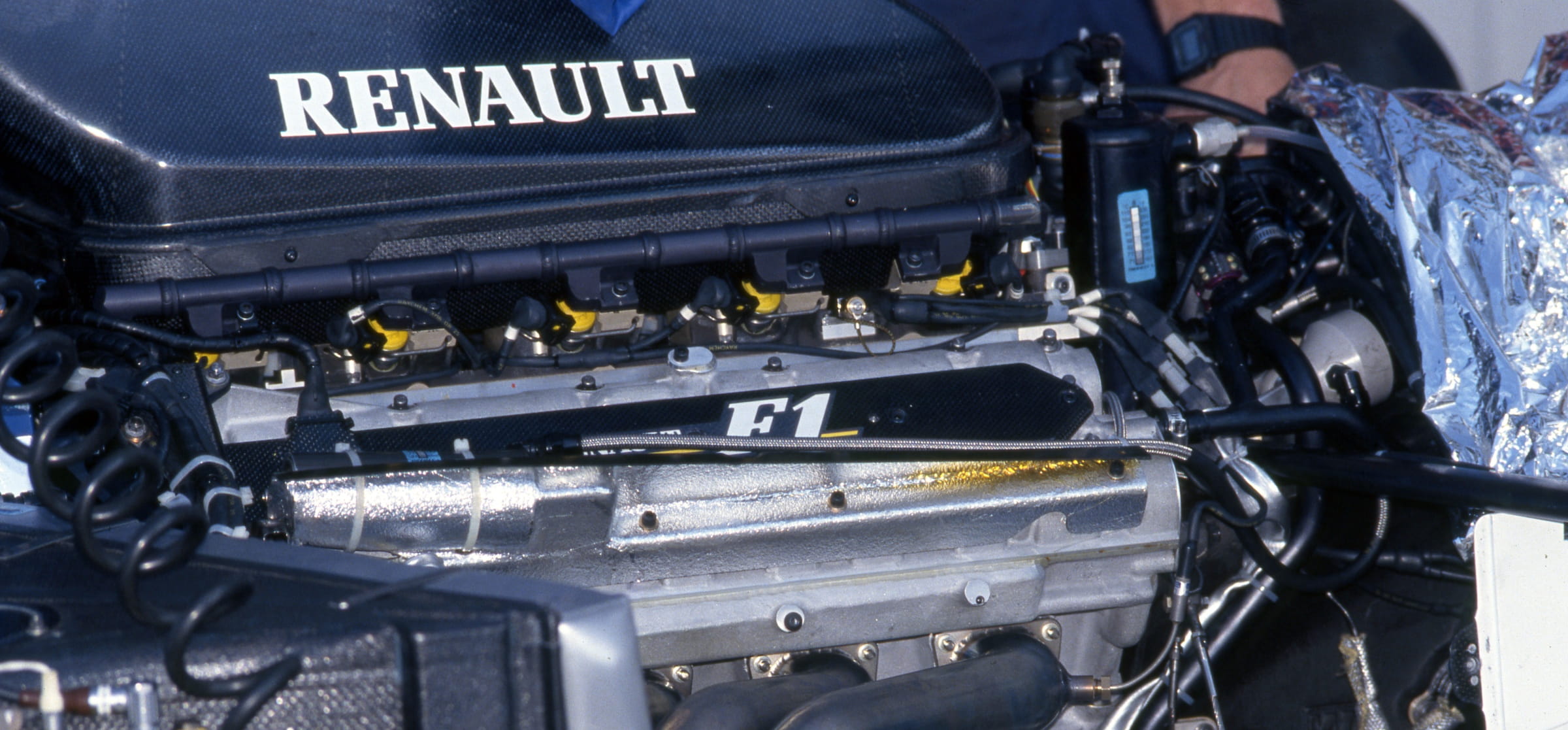
A close-up view of the V10 Renault engine that could produce 800 horsepower at 14,500 RPM
The engine can be revved up from the engine bay rather than the cockpit as the throttle is linked by cable. For around 30 seconds, the team will bring the engine RPM above idle, keeping an eye on water temperature, then cut the engine, and repeat.
The foot-operated clutch is then engaged while the engine is revved up to ensure it’s working.
This brings attention to the gearbox. The gears are straight-cut and could be facing each other when the car is stationary. Furthermore, the lack of a countershaft in the gearbox means the team must rotate the rear wheels manually to coax the car into first gear.
This gearbox (a motorcycle-style dog gearbox) was lighter and more reliable than the semi-automatic gearbox pioneered by Ferrari in the 1989 641 F1 car by virtue of replacing dedicated and heavy actuators for each gear with a selector barrel. The downside of the FW14B’s gearbox was its sequential nature, with each gear needing selection in order, but the shifts were rapid enough to make that a non-issue.
The hydraulic fluid from the active suspension reservoir is pumped at 3,000psi to trigger the clutch via paddles when the car is moving, which means the foot clutch isn’t necessary once the car is moving.
Before the FW14B can be moved out of Williams’s headquarters, the Heritage team ensures that hydraulic fluid is pumping as expected and the clutch travel isn’t excessive.
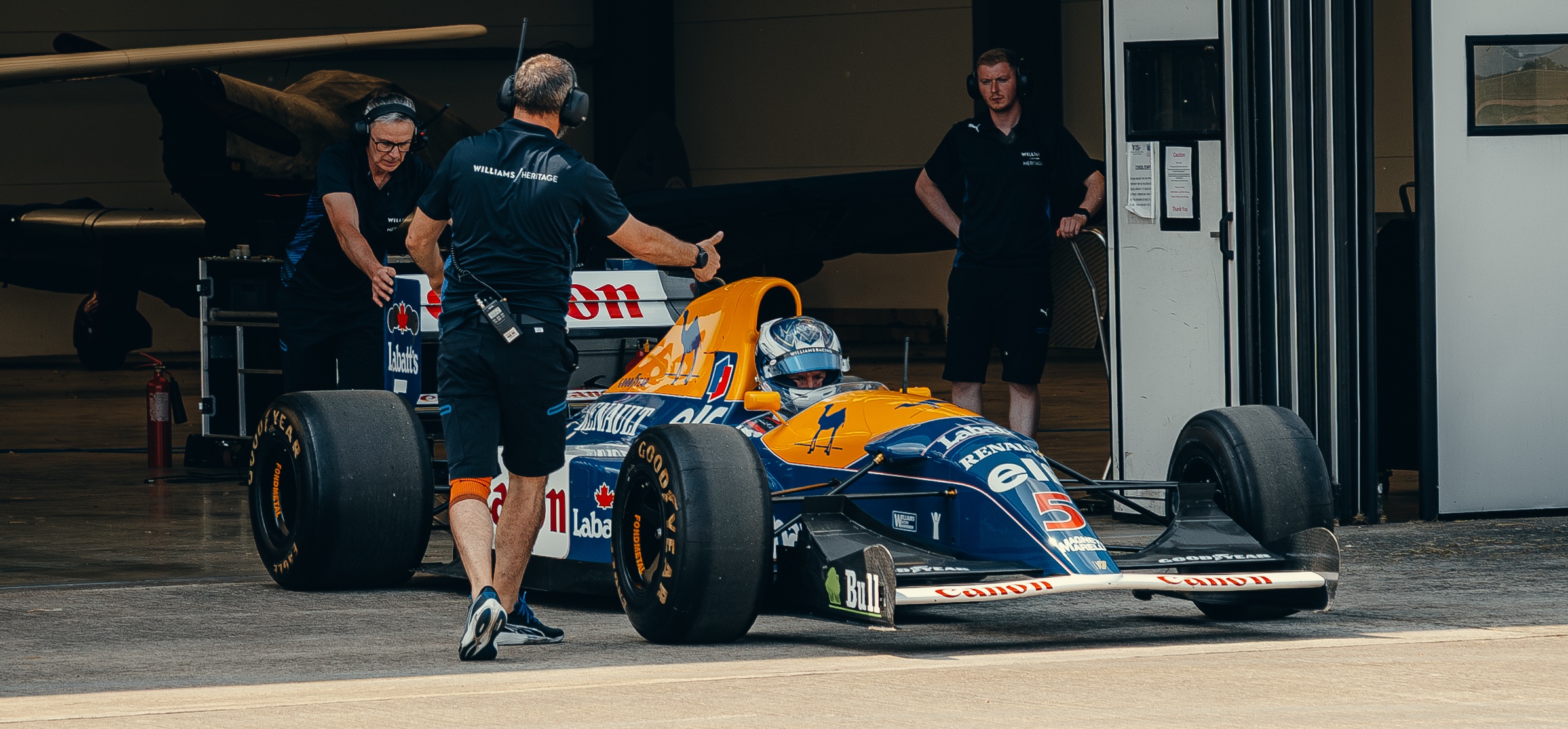
Extensive checks are performed to ensure the FW14B is fit to leave the team’s headquarters
Final checks and fits
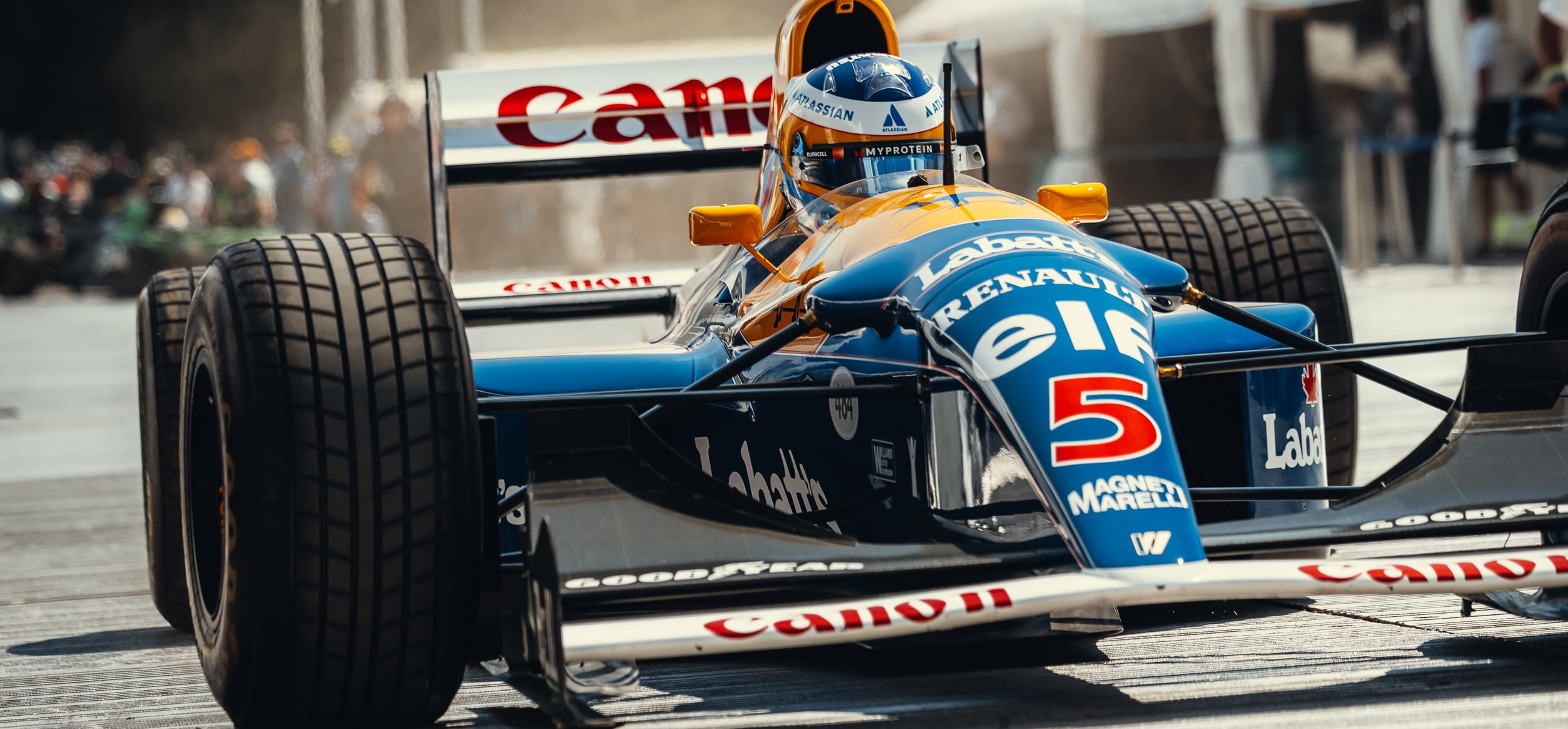
The FW14B at Goodwood, sporting the iconic ‘Red 5’ made famous by champion Nigel Mansell
